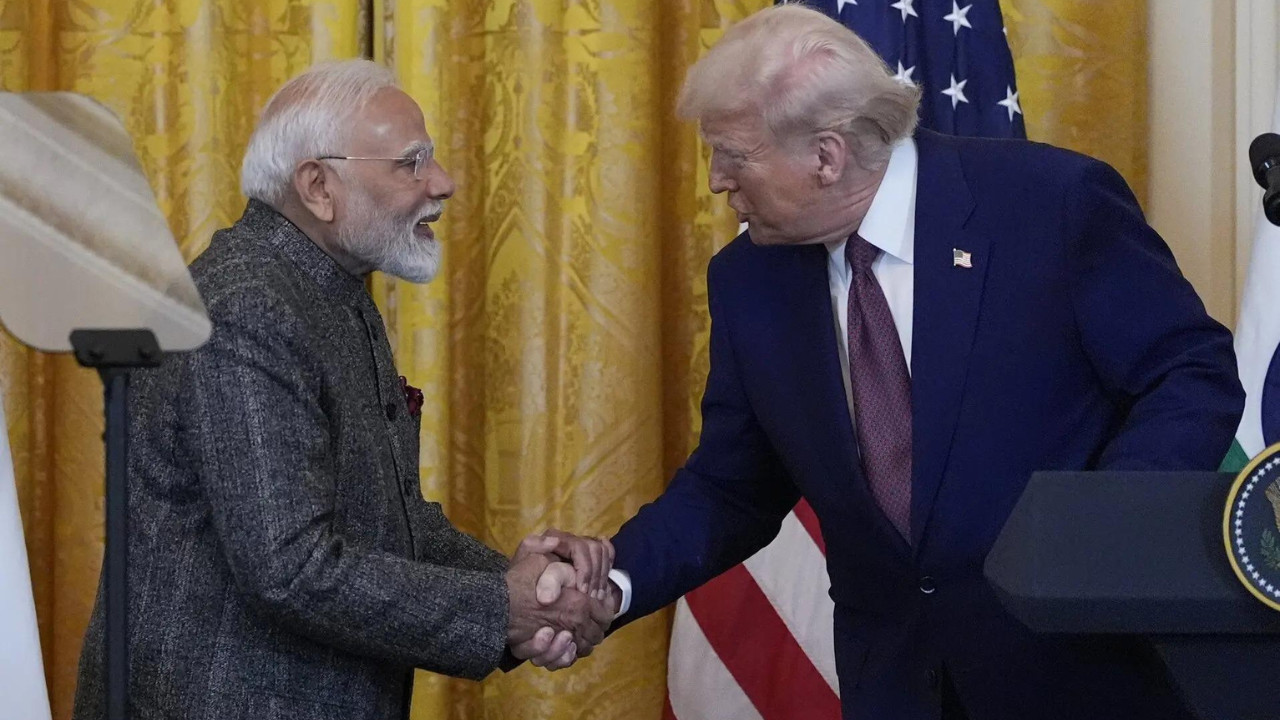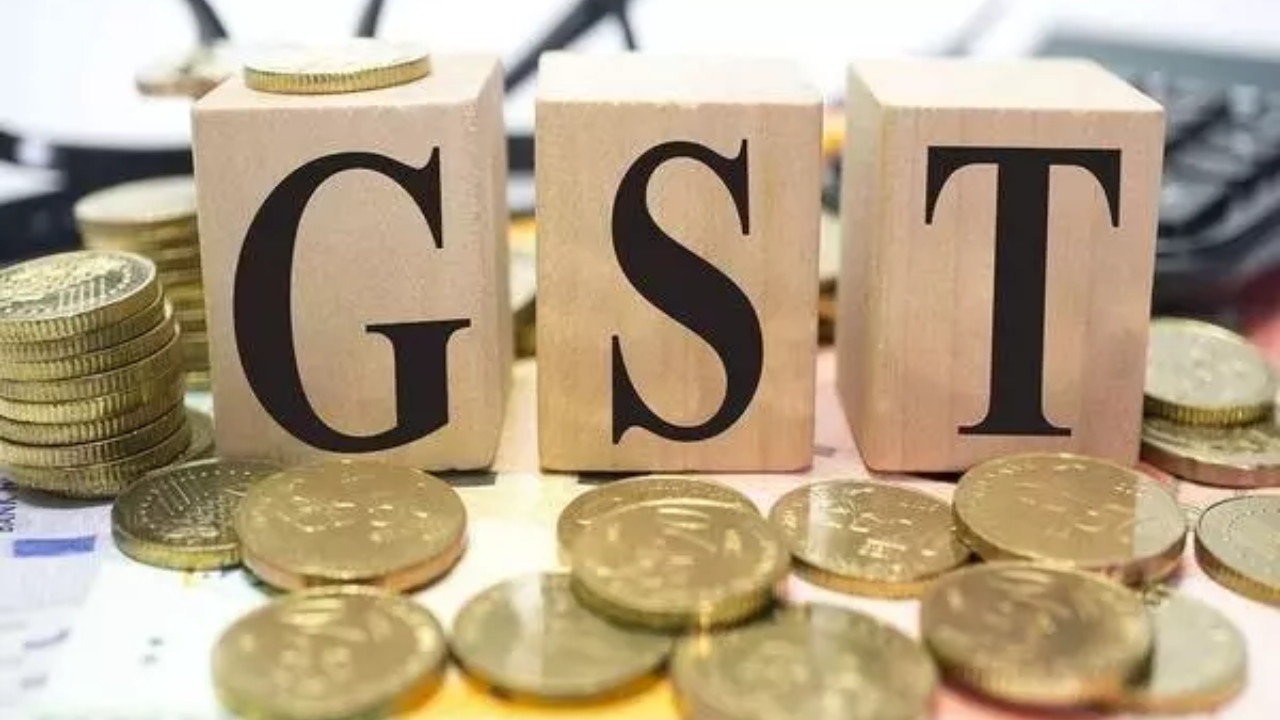President Trump indicated he won’t extend the tariff pause beyond July 9, even as India’s delegation extended its stay in Washington to negotiate a trade deal. India seeks exemption from additional tariffs, while the US presses for market access in agriculture and other sectors.
Bracing for Impact: What’s Next After the US-India Tariff Truce?
The air was thick with anticipation this past July as trade representatives from India extended their stay in the US, huddled in meetings to navigate a delicate dance of tariffs and trade relations. The temporary truce, a pause on escalating tariffs between the two economic giants, was set to expire July 9th, and the business world held its breath, wondering what the next chapter would hold.
<img src="image-of-indian-and-american-flags.jpg" alt="Indian and American flags symbolizing the trade war pause.”/>
The initial pause offered a fleeting moment of respite, a chance to de-escalate tensions that had been simmering for quite some time. It followed a period of tit-for-tat tariff hikes on a range of goods, impacting industries from agriculture to manufacturing on both sides of the Pacific. For businesses caught in the crossfire, it was a welcome, albeit temporary, reprieve.
Will the Trade War Flare Up Again?
But could this fragile peace hold? Hints from across the pond suggested otherwise. Signals emanating from Washington indicated a reluctance to extend the tariff pause beyond the established deadline. While dialogue continued, there was a palpable sense of uncertainty, leaving many to speculate about the potential ramifications.
What’s at stake? A lot, actually. The US is a major export destination for India, and vice versa. Disruptions in trade flows can have a ripple effect, impacting economic growth, employment, and consumer prices in both countries. Specific sectors, like steel and aluminum, which were early targets of tariff hikes, are particularly vulnerable.
India’s Balancing Act in Global Trade
India finds itself in a complex position. It’s striving to become a global economic powerhouse, but it must navigate a world increasingly characterized by protectionist tendencies and trade disputes. Balancing its relationship with the US, a key strategic partner, with its own economic interests requires careful diplomacy and strategic planning.
The current state of affairs underscores the interconnectedness of the global economy. A decision made in Washington can have profound implications for businesses and consumers in Mumbai, and vice-versa. Understanding these interdependencies is crucial for companies operating in the international arena.
Navigating the Uncertainty of a Potential Trade War
So, what can businesses do to prepare for what lies ahead? Flexibility and diversification are key. Companies should explore alternative supply chains, identify new export markets, and build resilience into their operations. Staying informed about policy changes and trade negotiations is also essential. Those businesses that proactively prepare will be best positioned to weather any potential storms. They might even consider seeking expert advice on international trade law and compliance to ensure they are on firm footing.
The US-India trade dynamic is constantly evolving, a complex interplay of economic interests, political considerations, and global events. While the future remains uncertain, one thing is clear: businesses must be prepared to adapt to a changing landscape and navigate the complexities of international trade with agility and foresight.







